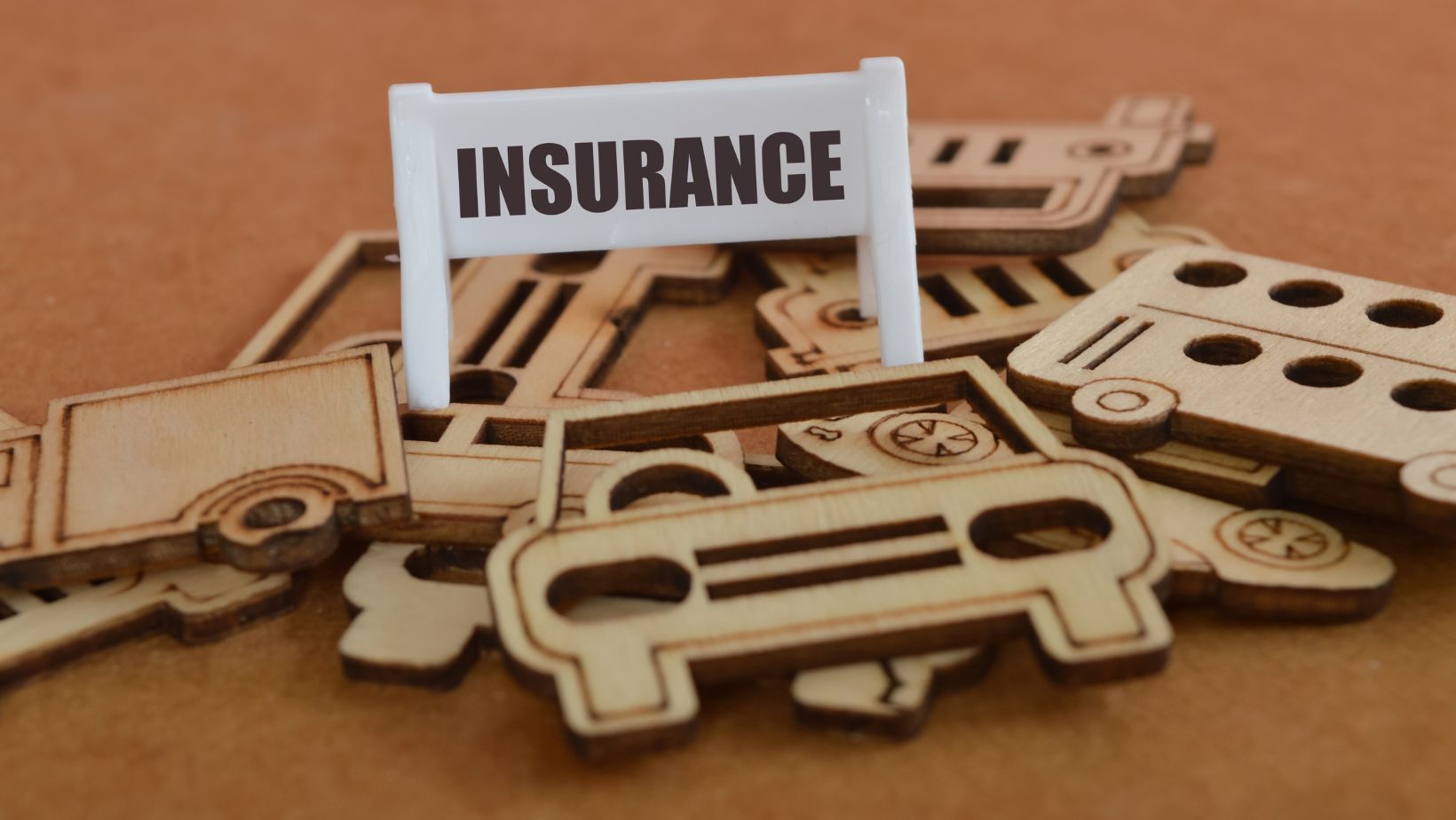If you’re currently required to carry SR-22 insurance in California, you might be wondering whether you can change your insurance provider during the coverage period. The good news is, yes—you can switch your SR-22 insurance provider. However, there are a few important steps and things to keep in mind to ensure you’re always in compliance with California’s strict regulations. Here’s everything you need to know.
Notify the DMV and Your Current Insurance Provider
Before making the switch, it’s important to inform your current insurance provider about your decision to change. Your existing insurer is responsible for filing the SR-22 with the California Department of Motor Vehicles (DMV) to verify that you have the proper coverage. If you plan to change providers, you’ll need your new insurer to file a new SR-22 form with the DMV once you’ve signed up for a new policy.
It’s also worth noting that the DMV should be notified when you switch providers, as they need to maintain an up-to-date record of your SR-22 status. This helps avoid any gaps in your coverage that could lead to penalties or issues with your driving privileges.
Choose a New Insurance Provider That Offers SR-22 Coverage
Not all car insurance providers offer SR-22 coverage, so you’ll need to make sure your new insurer does before making the switch. SR-22 filings are usually reserved for high-risk drivers, so not every company will be able to accommodate you.

Take your time to shop around and compare rates from insurers that specialize in SR-22 coverage. Some providers may even offer lower premiums, depending on your driving record, so it’s worth seeing if you can find a better deal when switching. Use MIS Insurance Services to see what your options are.
Keep Continuous Coverage
One of the most important things to remember when switching SR-22 insurance providers is to avoid any gaps in your coverage. The DMV requires that you maintain SR-22 insurance for a specific period—usually three years—depending on your situation (such as a DUI conviction or other violations). If there’s a lapse in your insurance coverage, your new provider will notify the DMV, and this could result in a suspension of your driver’s license.
Ensure that your new insurance provider files the SR-22 form with the DMV as soon as your policy starts. Ideally, this should happen before your old policy is canceled so there’s no interruption in your coverage. Keeping continuous coverage is critical to avoid penalties or additional complications.
Debunking Common Myths About SR-22 Insurance
It Is only Necessary If You Own a Car
Many people assume you only need SR-22 insurance if you own a car. However, this is untrue. It doesn’t matter what car you’re driving; if you have violations, you need to possess an SR-22. Therefore, it doesn’t matter whether you’re renting a vehicle or driving a friend’s car, this is something that you must have. It doesn’t matter whether you own the vehicle or not.
It Makes Everything More Expensive
Most people assume that if they need an SR-22 form, then they’re going to pay more for car insurance. Well, there’s something that you need to get straight about this. It’s your driving record that’s going to be driving up the price of car insurance. If you’ve had a violation, it means that the insurance company wants to protect itself more as you’re at a higher risk for them. It’s not the SR-22 that’s causing this price increase.
It Affects Your Credit Score
If you’re looking to get a loan in the future, you might be worried about the impact of an SR-22. Yes, there are many things that can affect your credit score, whether this is paying a bill late or going into debt.

But you should be pleased to know that needing an SR-22 isn’t going to impact your credit score. Yes, your driving history is taken into account for this form. But it doesn’t interact in any way with your credit report.
It Will Be Forever
There’s often the misconception that you must possess an SR-22 forever. In other words, once you’re required to have one, there’s no way of getting rid of it. But this isn’t a permanent form you need. Instead, it’s something that’s required for a certain amount of time. This could be between one and three years. After this time, as long as you’ve been a good driver, you won’t require it anymore.
Conclusion
Changing your SR-22 insurance provider in California is absolutely possible, but it requires a bit of planning to ensure you remain in compliance with state laws. By notifying your current provider and the DMV, choosing an insurer that offers SR-22 coverage, keeping continuous insurance, and being mindful of premium rates and policy renewal dates, you’ll be able to switch providers without any hiccups. Always stay on top of the details, and you’ll be back on the road in no time!
